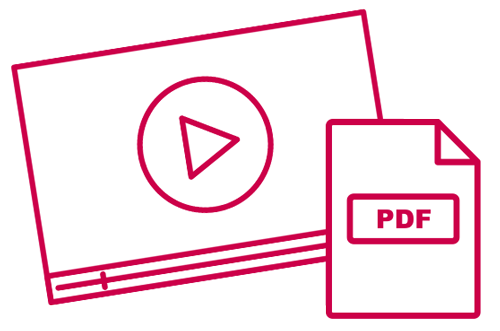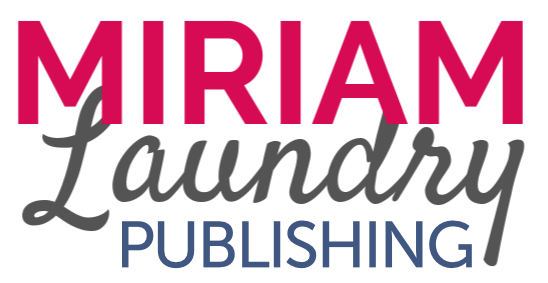“Who’s your target audience?” or "What age categories have you considered?"
The very first question I ask to ALL the authors I work with concerns age categories for children's books.Why? Because understanding your target audience and their needs is incredibly valuable when it comes to writing a children’s book.
(It’s also very important when you go to market your book. Age categories are the first thing educators, parents, and publishers look at.)
Knowing your target audience informs all kinds of things in your book -- the illustrator you choose, how many words your book will have, and the language you use.
Some people tell me, “I’m writing for ALL children!”
Even though it’s a nice sentiment, this rule stands true:
If you’re writing for ALL children, you’re not writing for ANY children.
A 10-year-old won’t be interested in a book for 4-year-olds and vice versa. Each age group has different interests and needs.
Your book needs to accommodate ONE age group.
Here’s an overview of all the different age categories you can write for:

Board Books (0-3 Years Old)
Children aged 3 or younger are typically read board books. These kinds of books are quick and easy to read. They’re made up of mostly pictures and few words. The main goal of these books is to teach young children basic language skills like memorizing their ABCs, identifying shapes & colours, etc.
Picture Books (4-8 Years Old)
Picture books are for children aged 4-8 years old, but some of these books are suitable for children up to 10 years old as well. Younger readers will most likely have a parent read the story to them. Older readers will likely read these books on their own. Similar to board books, picture books have a lot of illustrations and few words per page (but they’ll have more words than a board book). In terms of word count, you want to aim for about 800 words up to a maximum of 1,000 words.
Interested in Writing a Children's Book?

Early Readers (5-8 Years Old)
Children in this age range are just starting to read on their own. These books focus more on words and less on illustrations. They feature simple phrases and only go up to about 2,000 words.
Chapter Books (6-10 Years Old)
Chapter books are for children who have learned how to read on their own and are looking for a more challenging read but are not quite ready to dive into a full novel. These books feature short chapters, a simple plot, and are typically between 8.5-12 thousand words.
Middle Grade Fiction (8-14 Years Old)
Next up is Middle Grade Fiction. These children have moved on to chapter books like the Harry Potter or Percy Jackson books.
Young Adult/YA (12+ Years Old)
Finally, there’s Young Adult novels. These books are on the fence between children’s books and adult novels. Some examples of popular YA novels include The Hunger Games series and The Maze Runner books.
Your target audience defines which type of book you’re writing. It only makes sense that the books children read change and mature with them as they grow up.
If you’ve already written the first draft of your story, give it another glance and figure out which category it fits best. Then, make sure your story accommodates your target audience.
Having trouble? Try asking yourself these questions:
- What message do I want to communicate?
- What age group is my message best suited for?
- Visualize your book as a finished product. What does it look like? Does it have lots of pictures? Is it a short novel?
- Who do you see reading your book? How old are they?
You do not want to miss this step.
It’s absolutely crucial to make sure your story is both appropriate and appealing to your target audience.
Once you narrow in on your target audience, you’ll be able to further improve your manuscript (and eventually turn it into an amazing children’s book!)

